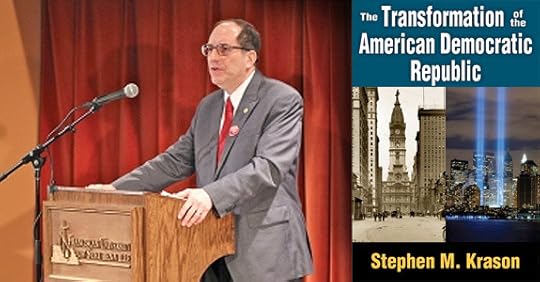The American Republic: The Vision and the Transformations

The American Republic: The Vision and the Transformations | Anne Hendershott | Catholic World Report
A review of The Transformation of the American Democratic
Republic by Stephen M. Krason.
From the earliest years of the fledgling American Democratic
Republic, there was great uncertainly about the limits of the authority of
Congress. While the federal
government was considered to have limited and enumerated powers, even in these
early years, there were concerns that the authority of the federal government
would grow. On September 22, 1832,
John Marshall, the Chief Justice of the Supreme Court, confided to a colleague:
“I yield slowly and reluctantly to the conviction that our constitution cannot
last.” Having written the unanimous
decision in Marbury v. Madison (1803) overturning
an act of Congress as “unconstitutional” for the first time in history, Chief
Justice Marshall was among the first to truly understand the threats to the
Constitution from our own government.
We can only imagine what Marshall might have thought of the
regulations issued by the federal government requiring religious institutions’
health insurance plans to cover contraception—including sterilization and
abortifacients—under the current federal health care law. The mandate is something that the Founders
could never have imagined. To understand how this transformation of the power
of the national government occurred, we can turn to The
Transformation of the American Democratic Republic, a new book by Dr. Stephen M. Krason, professor of political
science and legal studies at Franciscan University of Steubenville.
Krason’s analysis builds upon two key questions:
Carl E. Olson's Blog
- Carl E. Olson's profile
- 20 followers



